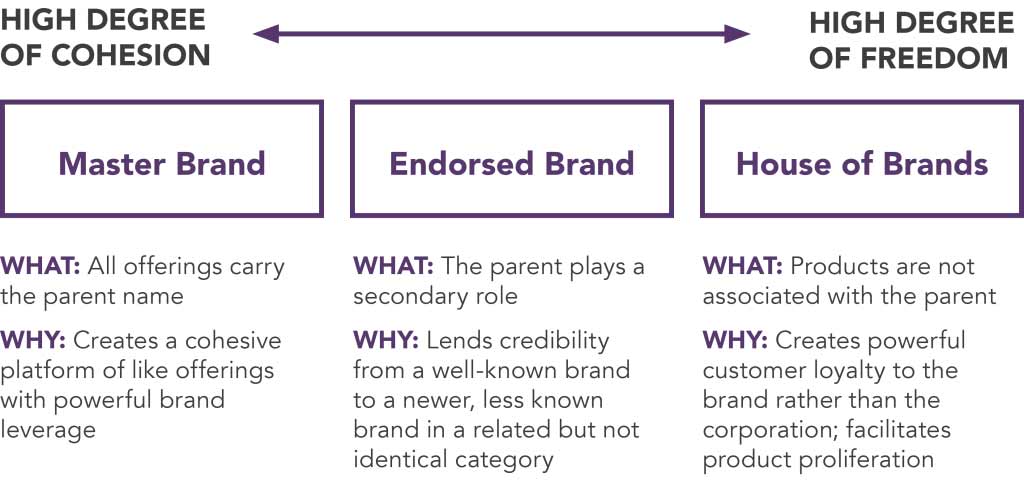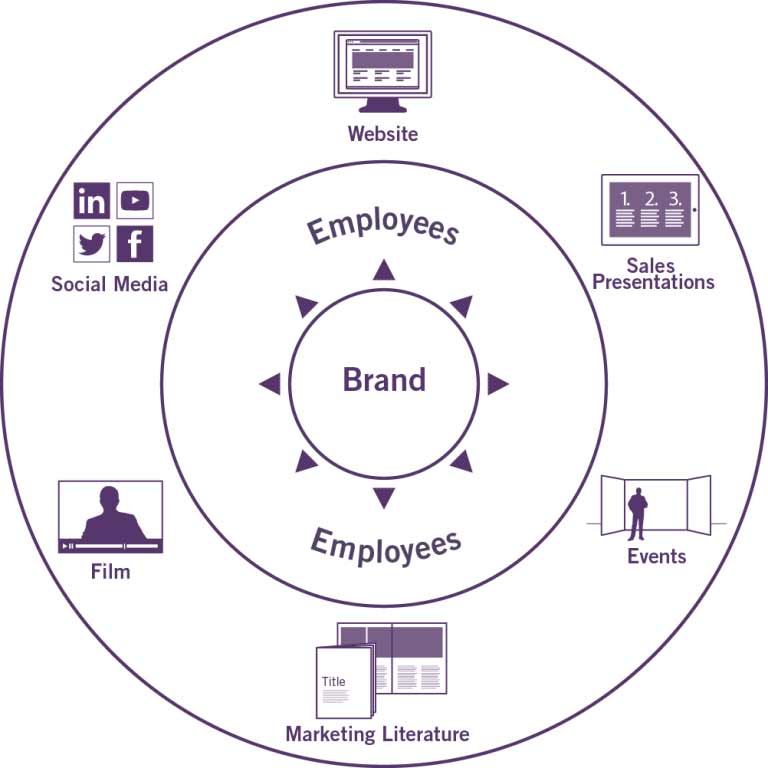What Are Seven Principles for M&A Branding Success?
From a business perspective, few things are as critical to get right as a major merger or acquisition — and few things are as challenging.
On the long list of considerations during M&A activity, merger branding is one of the most crucial. Not getting the brand right is a key reason that, according to…







